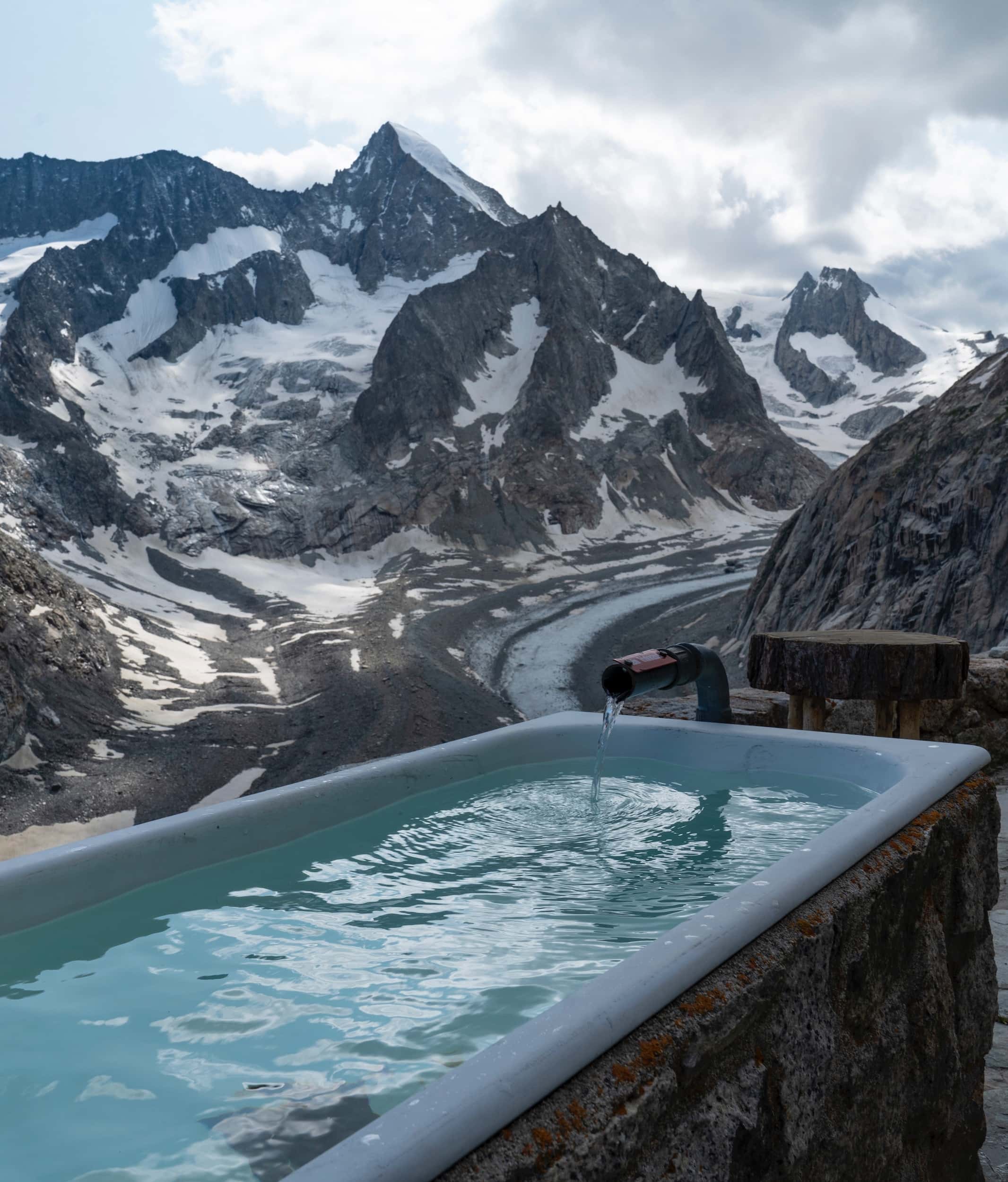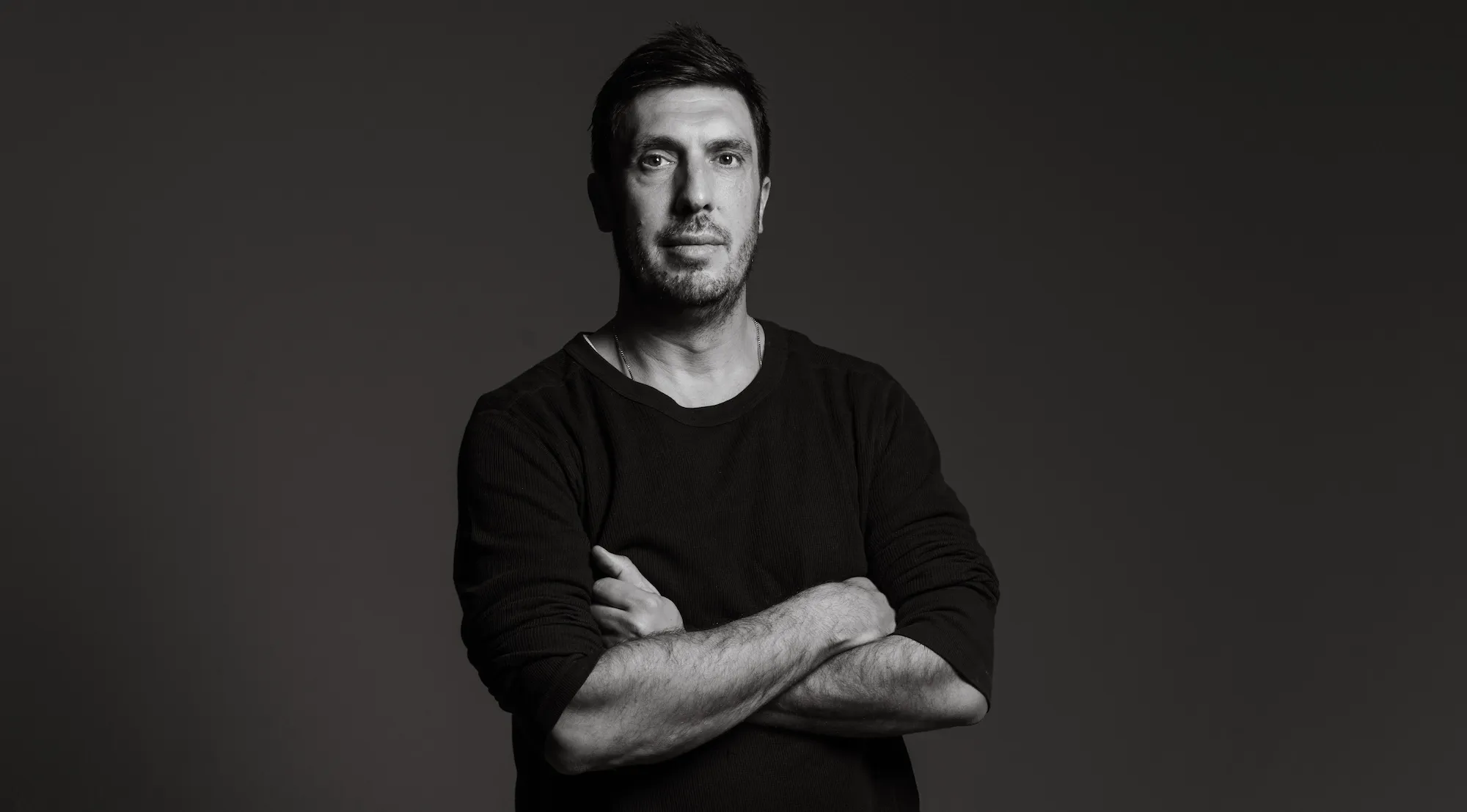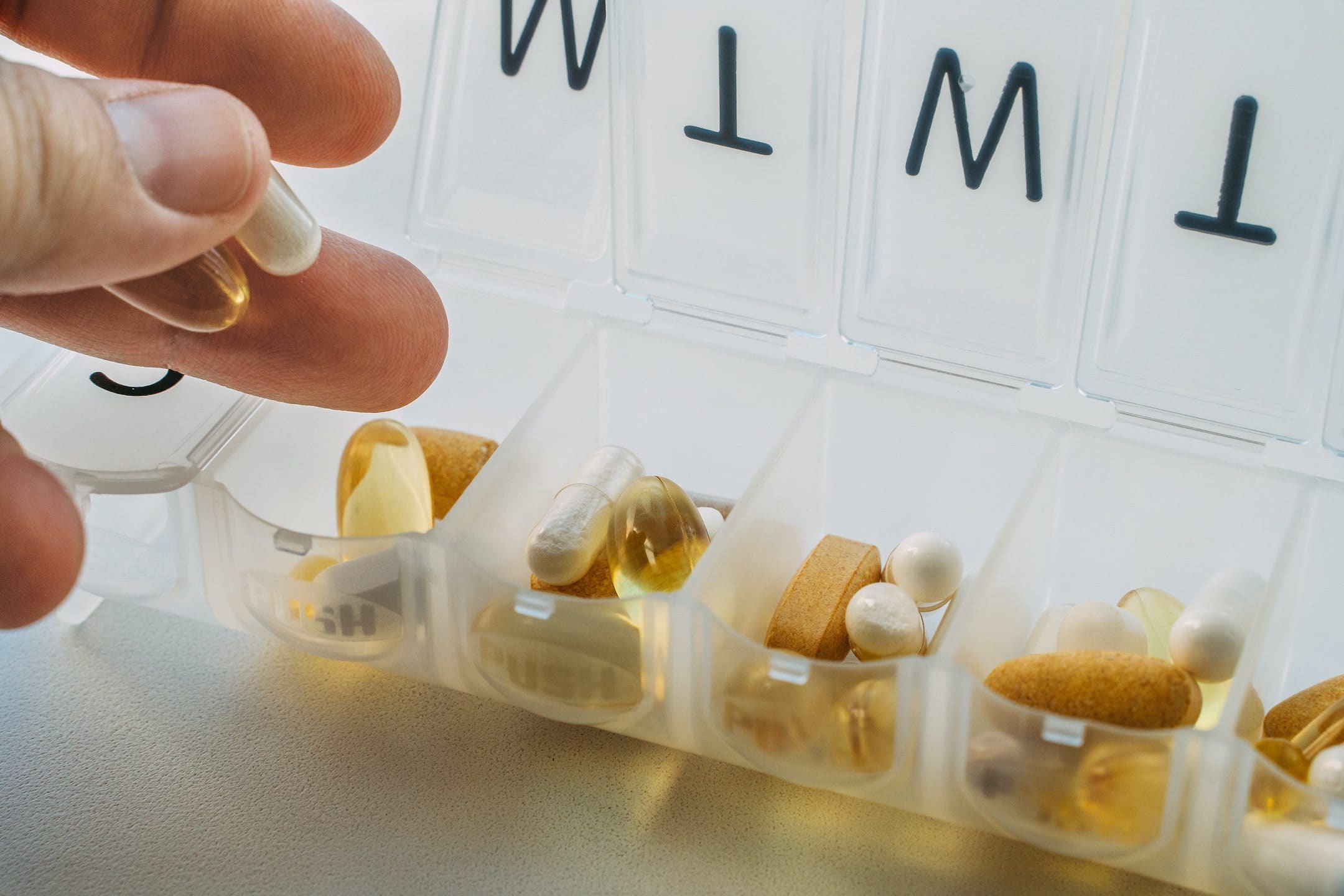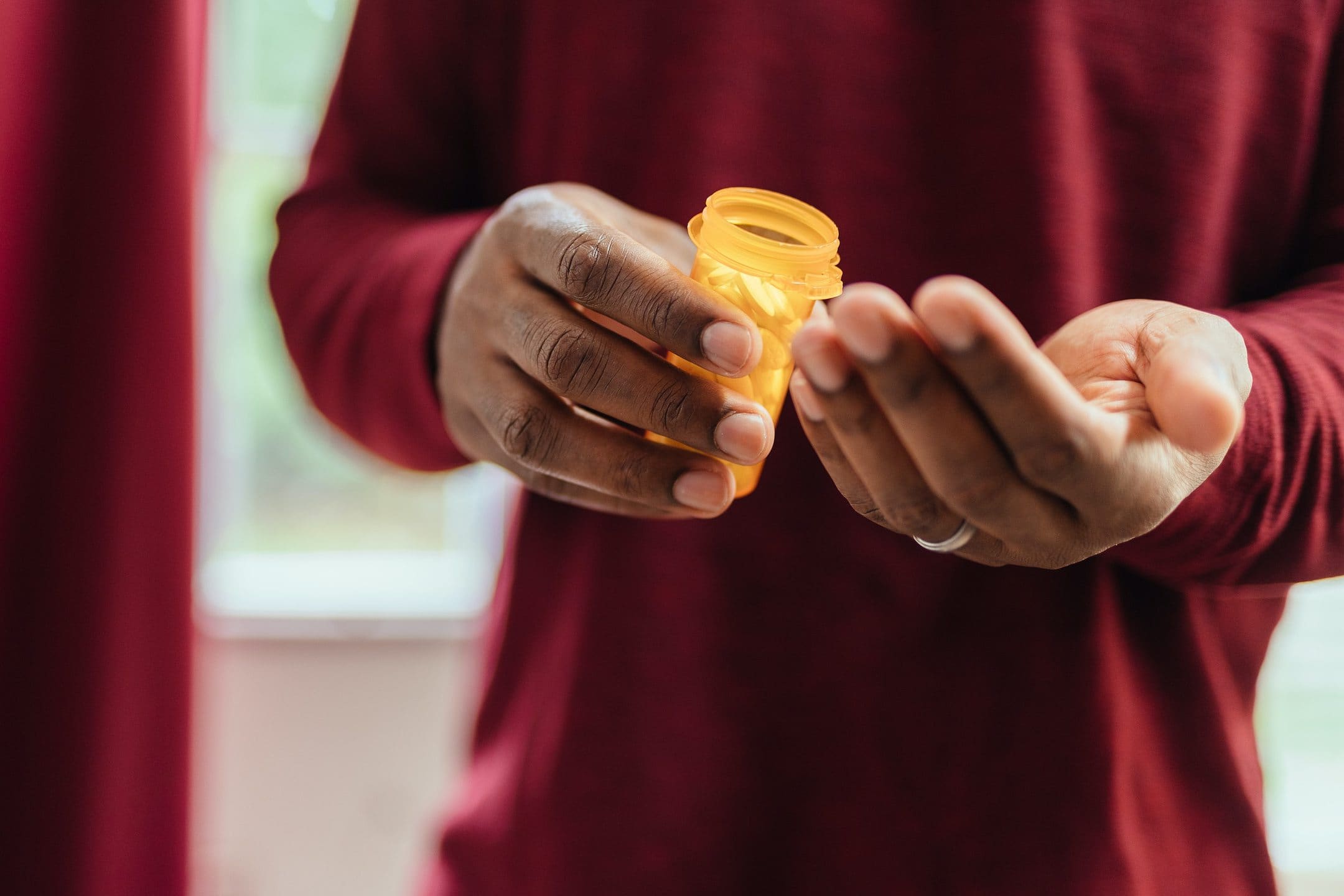Immersing yourself in ice-cold water may seem like something you’d do on a dare or maybe to raise money for a cause, but some also claim the practice of “cold-plunging” can improve your health. Cold plunges are a hot topic right now, with purported benefits ranging from reduced inflammation to increased testosterone. But what does the science have to say?
Read on to explore potential ice bath benefits and find out if cold plunging actually affects your fertility — or if it’s all just hype.
Key takeaways
- Alleged benefits of cold plunging include improved sperm health and increased testosterone, but there’s no evidence to support these claims.
- Increased scrotal heat — from fevers, saunas and hot tubs, sedentary lifestyles, biking, or laptops — may affect sperm quality. However, there’s no research that says ice baths can reverse these effects.
- Whether you’re actively trying to conceive or hoping to do so in the future, the best way to improve male fertility is to eat well, get enough sleep, stop smoking, and avoid activities that increase your scrotal temperature.
What is “cold plunging”?
Also referred to as “cold water immersion,” cold plunging is a practice that involves submerging yourself up to the neck in cold water or an ice bath for health benefits. And while it may seem like a new wellness trend, thanks to celebs like Chris Hemsworth and Joe Rogan touting ice bath benefits, cold plunging has actually been around for centuries, with famous practitioners ranging from Hippocrates to Thomas Jefferson.
In more recent years, ice baths have been popular mainly amongst athletes, who use them for post-workout recovery. But there’s now a growing interest in the general population. Some of that interest was likely instigated by Wim Hof, a Dutch extreme athlete who earned his nickname “The Iceman” after breaking world records in cold exposure. Along with measured breathing, cold exposure is an important part of his proprietary Wim Hof Method, which is meant to enhance your health in all sorts of ways.
But are any of these cold plunge benefits backed by science? And is cold plunging safe? Let’s dig deeper.
How to “cold plunge”
Some studies indicate cold plunging is most effective when water is 51–59ºF (11–15ºC) and you soak for 11–15 min. Others suggest water temperature can range from 38–60ºF, depending on the user’s preference.
While you can practice cold plunging at a variety of spas or in your own bathtub, there are also specialized plunge barrels and tanks sold online. Some people even take cold plunges in natural bodies of water, though using a specialized tub, barrel, or tank does allow you to control the temperature more accurately.
IMPORTANT: Some experts warn cold water can shock the body. According to the National Center for Cold Water Safety, sudden immersion in water under 60ºF can cause a rapid increase in breathing, heart rate, and blood pressure. This can be especially dangerous if you’re swimming in a natural body of water, as you can suddenly drown. And in vulnerable individuals, this greatly increases the danger of heart failure and stroke.
If you do want to try cold plunging, it’s advised to ask your doctor first, especially if you have pre-existing health conditions.
Cold plunging claims
The list of alleged cold plunge health benefits is extensive, including:
- Post-workout recovery
- Reduced pain and inflammation
- Improved circulation
- Enhanced mood
- More energy
- Lower stress
- Higher quality sleep
- Fat loss
- Stronger immunity
- Improved cardiovascular health
- More flexibility
- Healthier skin and hair
- Increased testosterone
- Better sperm health
Can taking a “cold plunge” actually improve male fertility?
According to a 2013 study, winter and spring semen patterns are associated with “increased fecundability” and better sperm morphology. The cooler temperatures experienced during these seasons may be why there are a peak number of babies born during the fall.
Why is this? First, let’s understand how heat affects male fertility — since this is the foundation of the claim that cold plunging can support sperm health.
Scrotal heat and sperm production
We know that heat exposure, especially exposure that affects the testes, impairs sperm production. There’s a reason the scrotum hangs outside of the body: this placement helps it maintain the optimal temperature for sperm production, which is around 2–8ºC below body temperature.
For example, studies show that using hot tubs and saunas regularly can cause heat stress, which negatively impacts sperm. One study found that taking a hot bath for 30 minutes impaired sperm production and led to sperm cell death and sperm DNA damage. Another found that using a sauna regularly for two weeks resulted in impaired sperm movement.
Another form of heat exposure than can impact your fertility: fevers. Research suggests that having a fever can reduce sperm count and quality, especially when the fever is over 101ºF and lasts for multiple days. (A short-term or mild fever is not likely to have a significant detrimental effect.)
There’s even evidence that common activities like bicycling or using a laptop on your lap can increase your scrotal temperature.
However, it’s worth noting that while studies do show heat exposure does negatively impact sperm, the effects are usually temporary. Sperm quality typically returns to normal within a few months after the heat exposure ends.
So, can ice baths improve sperm production?
Not quite.
There is no evidence that short-term cooling of your testicles, whether you’re using an ice bath or ice pack, will reverse the impact of heating them at other times.
A 2021 case study looked at the impact of wearing “cooling underwear,” such as Snowballs. The study found that, among the three participants, wearing underwear containing an ice pack resulted in a lower average scrotal temperature. However, this was underwear worn 24 hours a day for a week, not an 11-minute plunge in an ice-filled barrel.
Should I take cold showers to improve my fertility?
This idea may actually hold water (no pun intended). There’s evidence that reducing your exposure to warm water may improve sperm counts.
In one study, researchers examined men who often took hot baths or relaxed in Jacuzzis for more than 30 minutes per week. As part of the study, they stopped exposing themselves to “wet heat,” and their sperm counts increased by nearly 500%.
This is promising, but it’s again proof that we should avoid the activities that raise scrotal temperature in the first place — instead of attempting to recover fertility with a cold plunge.
Will taking an ice bath improve my testosterone levels?
In a 1991 study, researchers compared the effects of “cold stimulation” and exercise on testosterone levels. While exercising, testosterone levels significantly increased by 20.8%. Cold stimulation, on the other hand, decreased testosterone by 10%. Similarly, a 2007 study shows that even brief exposure to cold can lower testosterone levels.
Bottom line: there’s no evidence to prove ice baths are an effective way to improve testosterone, and most available evidence shows cold exposure means lower T.
Are there any evidence-based benefits to ice baths?
Despite the inconclusive effects of ice baths on fertility, there are some potential benefits to the practice.
In this 2022 review, researchers found that cold water immersion seems to reduce and/or transform body adipose tissue, or body fat, as well as improve insulin sensitivity. The researchers note that the practice may have a protective effect against cardiovascular disease, obesity, and other metabolic diseases. And one study found that cold water immersion increased concentrations of dopamine — a chemical released in the brain that makes you feel good — by 250%.
While it’s true cold water can reduce inflammation after exercise, researchers say the practice is no more effective than any other active recovery (like walking or swimming).
When it comes to reducing inflammation, improving sleep, boosting immunity, and other supposed ice bath benefits, study sample sizes are simply too small, and the results aren’t impressive enough to say the pros outweigh the cons.
How to actually improve your sperm health
If you’re trying to improve your sperm health, there are evidence-based lifestyle changes you can make for real results. This includes:
- Following a healthy diet.
- Getting enough sleep.
- Having a solid exercise routine.
There are also a few of activities you should probably stop doing, such as spending time in hot tubs or saunas, which may increase your scrotal temperature. You should also consider stopping:
- Smoking.
- Binge drinking.
- Using cannabis. More research is needed to determine if cannabis hinders sperm production, but it’s recommended to reduce one’s usage of marijuana and CBD products while trying to conceive.
Get your baseline fertility assessment by ordering an at-home sperm testing kit. Legacy’s semen analysis will give you insights on the key metrics of your sperm health and offer evidence-based recommendations for improving your fertility health, based on your lifestyle and your personal results. You’ll get more information on how to improve your diet and other important lifestyle factors so that when you’re ready to start a family, your sperm is the best that it can be — no ice bath needed.



